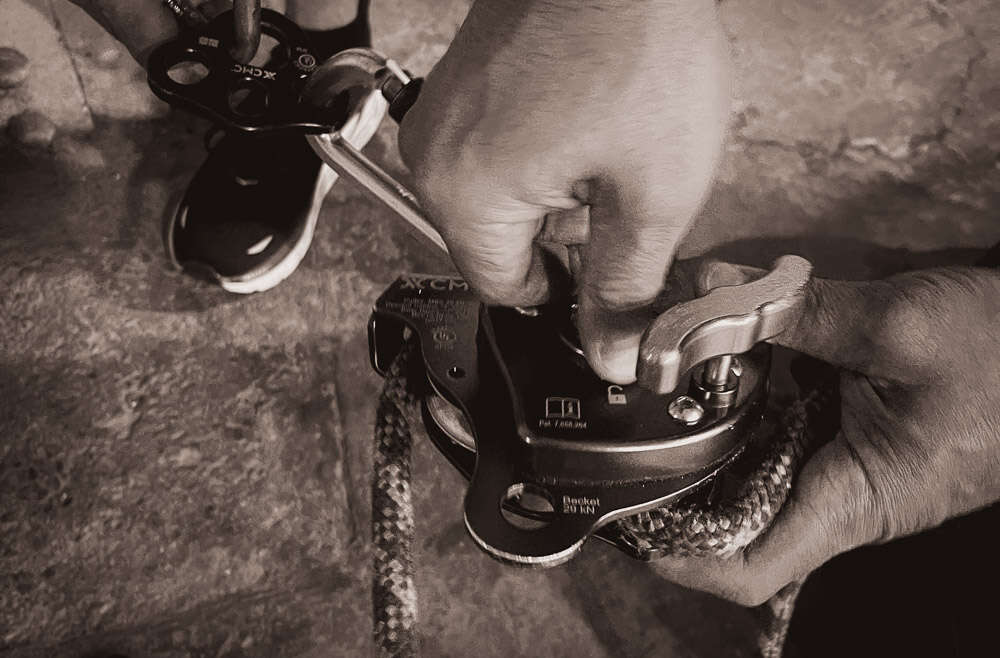Lowering and raising systems are fundamental components of search and rescue operations, enabling rescuers to safely transport individuals and equipment in challenging environments. These systems typically involve a combination of ropes, pulleys, and mechanical advantage devices to control the descent and ascent of rescuers and victims. For lowering, techniques such as the use of friction devices or belay systems ensure a controlled and smooth descent, minimizing the risk of injury. Raising systems often employ pulley systems to create a mechanical advantage, allowing rescuers to lift heavy loads with less effort.
These systems are meticulously designed to ensure stability and safety, incorporating redundancy and fail-safes to prevent accidents. Mastery of these techniques is essential for rescuers, as it allows them to efficiently navigate difficult terrains and provide timely assistance to those in need.
Here are some of the most commonly used mechanical advantage systems used for lowering and raising in search and rescue operations:
2:1 Mechanical Advantage: This system halves the effort needed to lift a load. It’s simple and quick to set up, making it ideal for straightforward lifting tasks where speed is more critical than maximizing force reduction.
3:1 Mechanical Advantage (Z-Rig): Often used due to its balance between simplicity and effectiveness. It allows a rescuer to lift a load with one-third of the effort required. This system is versatile and frequently used in various rescue scenarios.
5:1 Mechanical Advantage: This system offers even greater force reduction, allowing rescuers to lift very heavy loads with minimal effort. It’s more complex to set up but is essential for challenging rescue operations.

